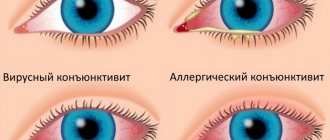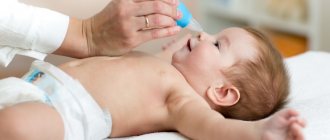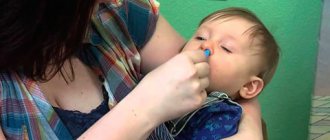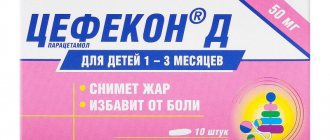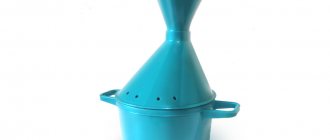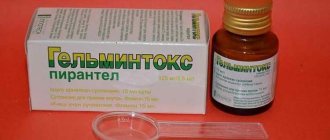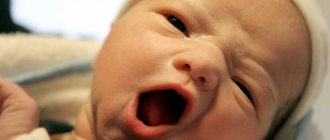February 22, 2017
Averyanova Sveta
Stuffy nose and runny nose are common in modern children. Drops for the common cold for children over one year old are sold in a wide variety. For some reason, they don't always help small noses.
To understand a little about the range of pharmaceutical products, it is better for you to consult a pediatrician, who, after examining the baby and finding out the cause of the disease, will prescribe treatment. If the diagnosis is made correctly and you follow all the recommendations, there is hope that the runny nose will go away without complications and will not become protracted or chronic.
Giving advice on choosing a medication for adults is much easier. Typically, adults use not only nasal drops for a runny nose, but also other healing options. These include physiotherapeutic procedures, home treatment with Vitafon devices, and laser therapy. The choice of options for children in the fight against the runny nose is limited, and the immune system is weak, so many spend their childhood in a constant struggle with this unpleasant phenomenon.
You will get acquainted with popular medications that are sold in pharmacies. Find out what drops for runny noses can be prepared for children using traditional medicine recipes. You will understand the features of the treatment of childhood rhinitis.
How to treat
Many are misled by the popular proverb that a runny nose goes away in a week if treated, and in seven days without any medicine. Most often, mucous discharge from the nose begins with a respiratory viral infection. The body begins to fight the infection on the third day, and after seven days the disease goes away.
The nasal discharge also stops. Everything happens exactly this way, provided that the immune system is strong and complications do not begin.
In the first days of a viral illness, nasal drops are not always necessary for children. Sometimes it is only necessary to clear the nose of mucous secretions and rinse it with saline solution. But there are situations when the use of drops containing vasoconstrictor components is justified:
- stuffy nose and mouth breathing due to a viral infection;
- high fever and stuffy nose;
- difficulty breathing through the mouth and nose at the same time;
- acute pain in the ears;
- dry, hot air in the room where the child is.
The use of such drops for a runny nose has, in addition to the quick, pronounced effect of facilitating breathing, many side effects. The main one is the development of addiction. Therefore, drops with a vasoconstrictor effect cannot be used for longer than five days.
For children, it is advisable to buy drugs that contain phenylephrine as a vasoconstrictor component. It is advisable to choose oil drops, combined and antiallergic, only after appropriate prescription from a doctor.
The effectiveness of medications containing interferon for treating children has not been proven, so their use cannot guarantee that the child will recover quickly or will not get sick at all.
Some doctors speak quite categorically against antibacterial drugs for treating the nose in children. These drugs can cause adaptability in pathogenic bacteria and allergies in children.
Only the attending physician has the right to prescribe hormonal medications for the treatment of allergic rhinitis. You cannot self-medicate.
This rule applies to all other medications. Therefore, the main thing in treatment is a competent pediatrician whom you trust.
Complex nasal drops (for infants)
It is worth mentioning separately about drugs that are called complex. They are used in pediatrics to relieve symptoms of rhinitis. Medicines of this type contain more than one substance. You need to mix the ingredients yourself.
Depending on the type of runny nose, the doctor may prescribe certain ingredients: antihistamines, antibacterials, moisturizers, and so on.
For infants, antibiotics are prescribed in the form of complex drops. They are necessary for long-term green snot. The drugs contain penicillin. Dioxidin is prescribed less frequently.
These components are mixed with vasoconstrictors, providing a double effect. It is important to remember that complex drops for infants can only be prescribed by a doctor. Their independent use is simply unacceptable.
What kind of droplets are there?
Drops for children differ in composition, functional purpose, country of manufacture, release form, etc. Domestic medicines are often cheaper than drugs with similar compositions manufactured by foreign pharmaceutical companies.
According to the purpose of the drops there are:
- vasoconstrictor;
- combined;
- based on essential oils;
- antiviral;
- saline;
- with antibiotics;
- homeopathic;
- hormonal;
- antihistamines;
- immunomodulatory.
Cold drops for newborns containing saline solution are the safest. They are not addictive and are good not only for treatment, but also for preventive procedures. Such medications are sold in the form of drops or sprays, which are very convenient, but are not suitable for children under one year of age. When using the spray in infants, pressure in the nasal cavity on the internal septum increases, which leads to the development of unwanted complications. Therefore, only drops are used for children under one year of age for a runny nose.
Cautions
Due to inexperience, young parents quite often make mistakes when treating a runny nose in a baby. It is strictly forbidden to:
- choose adult nasal drops for children under one year old with a severe runny nose;
- carry out instillation when the head is in an incorrect position;
- use vasoconstrictor drops without first cleansing the nose;
- instill without leaving an interval between turns of the head (the medicine may leak out);
- rinse your nose with a syringe, that is, under pressure;
- treat a runny nose with one drug for more than 5-7 days.
You can only rinse the nose of infants with a pipette. You cannot use a syringe for this to avoid the medication flowing into the ear canal. Correct use of cold drops in newborns is a guarantee of a quick recovery.
Popular children's drugs
Medicines for the treatment of noses in babies, which are the most popular:
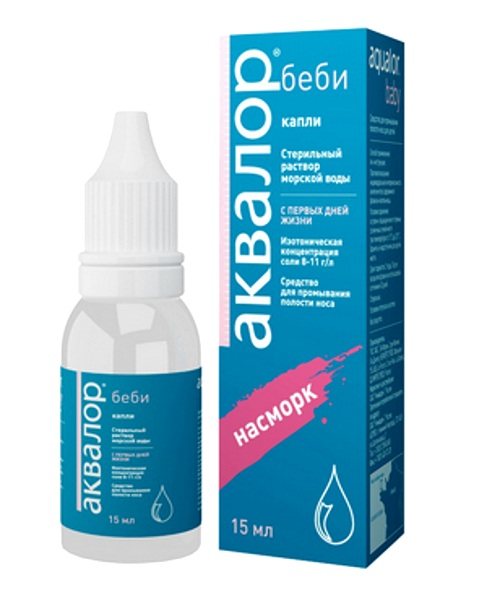
- "Aqualor Baby"
It is made using natural sea water, enriched with microelements beneficial to the body. Used to clean children's noses, relieve swelling and inflammation of the mucous membrane.
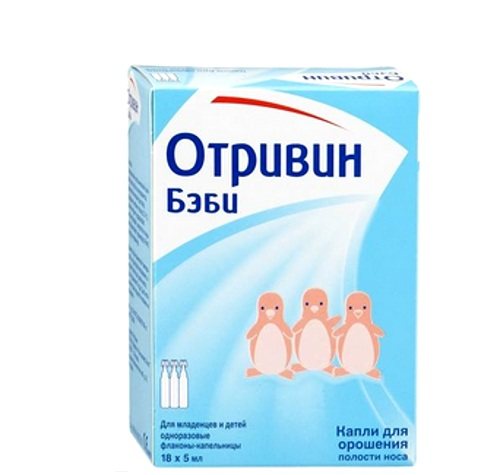
- "Otrivin baby." This drug is made on the basis of saline solution. Used to moisturize the inner surface of the nose, treat and prevent rhinitis. Suitable as nasal drops for newborns.
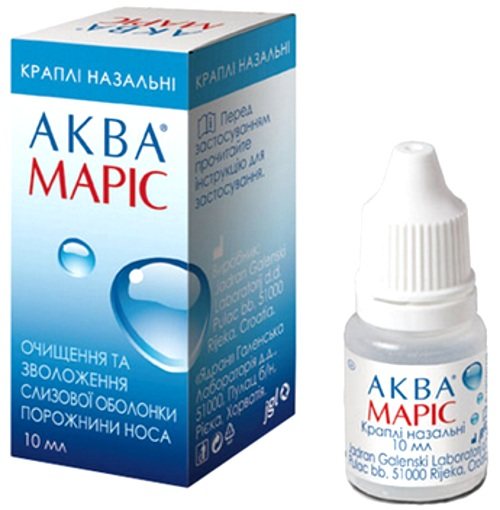
- "Aqua Maris" A medicine based on purified sea water with trace elements of natural origin. It is used for therapeutic and prophylactic purposes for rhinitis of various etiologies.

- "Nazol Baby." A vasoconstrictor based on phenylephrine. The drug has contraindications, which you must read in the instructions when purchasing. Effectively relieves swelling of the mucous membrane. Not recommended for use longer than 3 days.
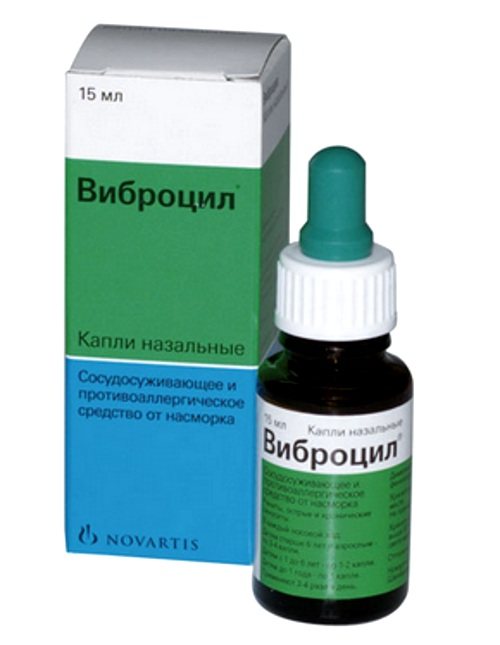
- "Vibrocil." It is also a drug with a vasoconstrictor effect. It contains phenylephrine and dimethindene. The special smell of the medicine is due to the presence of lavender oil in its composition, which can cause allergies. This drug is not recommended for use as drops for the common cold in children 1 year of age. Suitable for children over six years old.
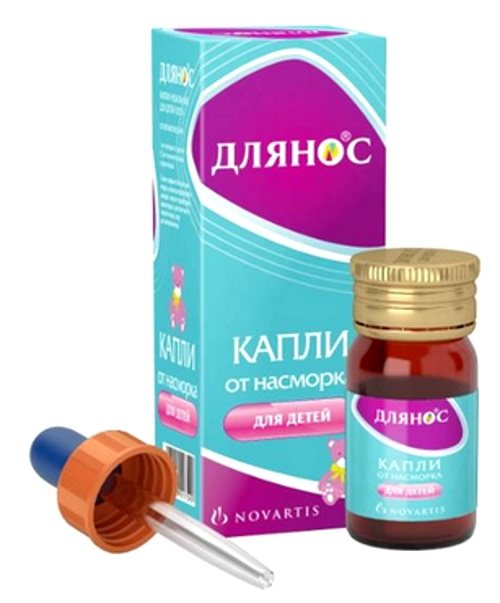
- "For the nose." The drug has a vasoconstrictor effect. The active substance is xylometazoline. Children under two years of age are a contraindication to the use of the medicine. For children 2–6 years old, use a 0.5% solution.
An important question for treating a runny nose in children is how to properly drip the nose.
Some pediatricians advise first rinsing the nose and then dripping vasoconstrictor drops, while other doctors suggest doing the opposite.
How to properly care for a child’s nose so that the child recovers faster?
If your baby's nose is clogged with mucus, the drops will not be able to interact with the inside of the nose. Therefore, it is advisable to carefully rinse it with salt water before dripping the medicinal drug into the nose.
Types of drops for newborns and children up to one year from a runny nose
Drops for an infant are selected depending on what caused the runny nose. There are several types of drugs for newborns used to treat rhinitis:
- moisturizing;
- vasoconstrictors;
- antibacterial;
- antiseptic;
- antiviral;
- antihistamines.
Which drops can be used in each specific case should be decided only together with the doctor. Medicines can be prescribed by a doctor only after a thorough examination of the baby and identification of the cause of the runny nose.
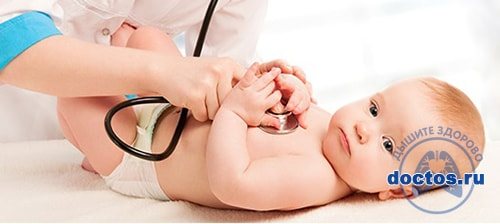
Moisturizers
Quite often, a runny nose in a newborn develops against the background of dry air in the room. Crusts appear in the nasal passages, which interfere with normal breathing. Moisturizers thin out thickened secretions, soften dry bits and help cleanse the nose.
The main active component of these products is purified sea water. Such drugs are absolutely safe and can be used from the first week of a baby’s life. There are no contraindications to the use of moisturizing drops. They do not cause side effects or addiction, so they can be used to treat a runny nose for a long time. Moisturizing preparations can be used as a hygienic remedy for the treatment of physiological runny nose in newborns, as well as to alleviate the condition of the nasal passages in case of viral and other infections of the nasal cavity, and allergic rhinitis.
The most popular moisturizing drops for runny nose for children under one year old are currently recognized as:
- "Otrivin baby." The drug is produced by a Swiss pharmaceutical company and is intended for the treatment of physiological runny nose in children from the first day of life and other types of rhinitis. There are two pharmaceutical forms of the drug - spray and drops.
- "Aqualor baby" The main active ingredient of the drug is purified ocean water from the Atlantic. It helps fight dry mucous membranes, moisturizes and promotes tissue regeneration. Available in the form of sprays and drops.
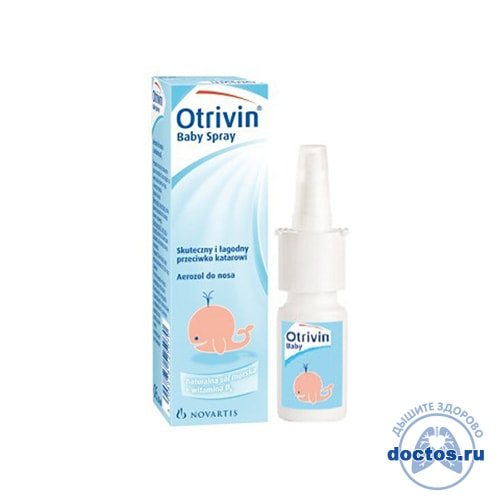
Otrivin Baby
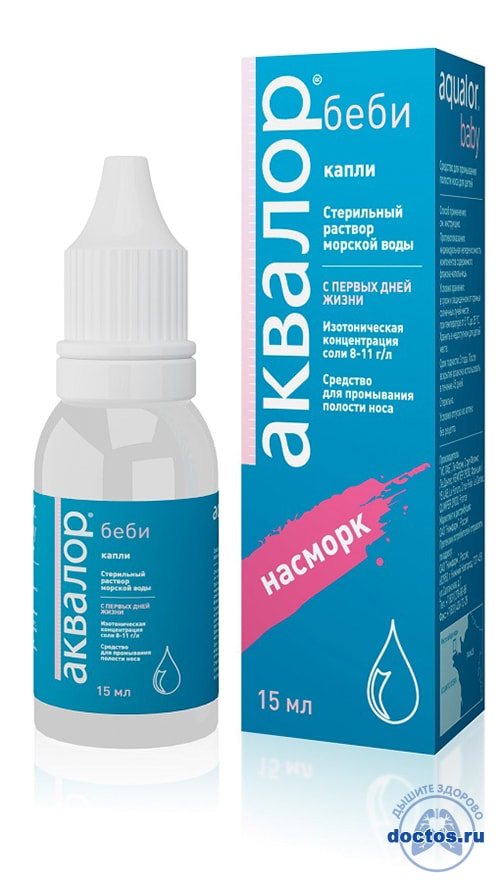
Aqualor Baby
Vasoconstrictor drops
Such medications are very rarely prescribed to infants. They can be used for swelling caused by an allergic reaction, but it is necessary to choose drugs in pediatric dosages. But you should know that vasoconstrictor drops for the treatment of rhinitis in newborns are not recommended for use for more than 3 days.
From the first days of life, babies are prescribed 1 drop twice a day. After three months of age, it is allowed to increase the dose to 2 drops. It is best to choose one of the following medications for a runny nose for a baby:
- "Nazivin." The active ingredient is oxymetazoline hydrochloride. For the treatment of newborns and children up to one year old, the required dosage is 0.01%.
- "Nazol Baby" The active ingredient is phenylephrine hydrochloride. The effect of the drug begins 3-5 minutes after application and lasts up to 6 hours.
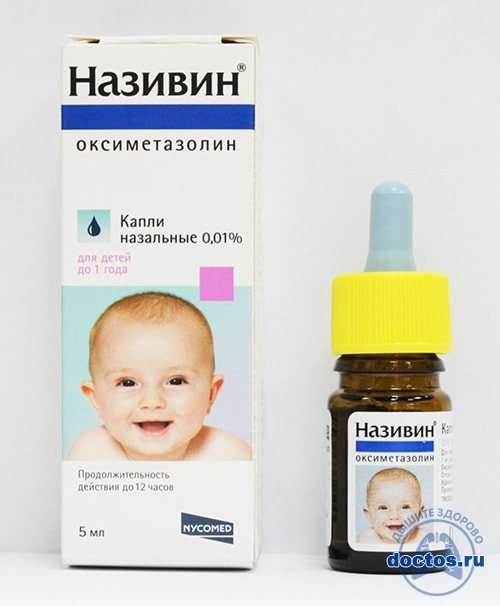
Nazivin
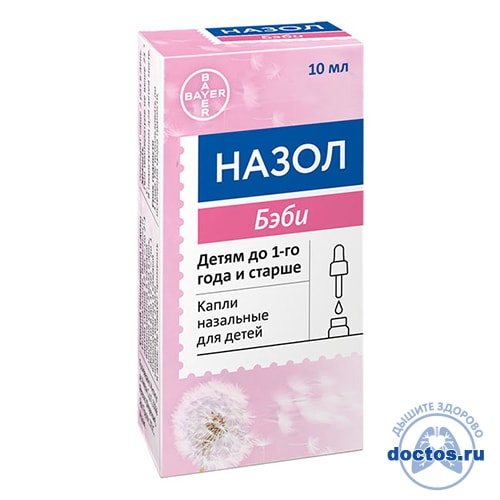
Nazol Baby
Antibacterial agents
To treat a runny nose in infants, it is possible to use antibacterial drugs. The need to use such drops arises if:
- a runny nose lasted for more than 5 days;
- nasal discharge has become thick and has a greenish tint;
- mucus is secreted along with pus;
- bacterial analysis identified the pathogen;
- a viral infection complicated by otitis media, sinusitis or sinusitis.
Warning: the photo may be unpleasant to view.
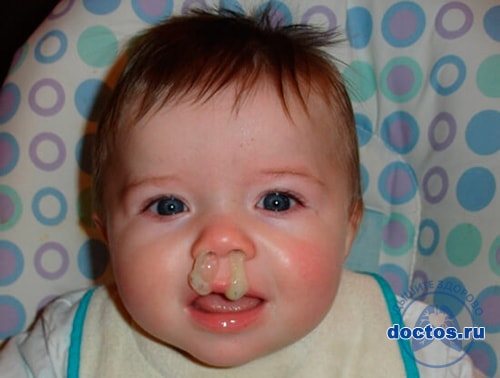
[collapse]
Many parents are afraid to use such products in infants, believing that this will lead to disruption of the microflora. It's a delusion. There is no microflora in the nasal cavity; the active components of the drugs are not absorbed into the systemic bloodstream and do not harm children's health. The use of antibacterial drops at the onset of the disease avoids the use of systemic agents (tablets and injections).
The most common and effective means are:
- "Isofra". Contains a broad-spectrum antibiotic that helps destroy many types of bacteria. Approved for use in infants, but only as prescribed by a doctor. The average course of treatment is 3-5 days.
- "Polydex". A modern drug of combined action with the addition of an antibiotic and a vasoconstrictor component. It is recommended for young patients from two years of age, but in especially severe cases it can be used in infants strictly as prescribed by the doctor.
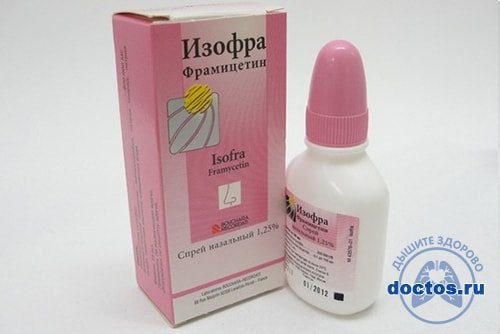
Isofra
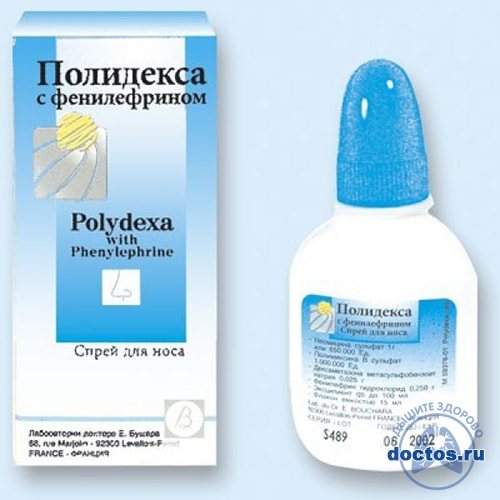
Polydexa
Antiseptic solutions
Similar products for nasal use in infants are intended to eliminate pathogenic microflora. They are destructive to many types of bacteria and fungi and help remove the virus from the body. Below is a list of children's antiseptic nasal drops:
- "Protargol". Due to the presence of silver ions in the drug, it effectively fights harmful microorganisms. The only contraindication to the use of Protargol is individual intolerance to the components.
- "Miramistin". This solution is often used in the form of nasal drops. The drug is safe, effectively fights viruses, bacteria and fungi, and reduces the amount of secretion released due to its drying effect. You can drip “Miramistin” to a child 3-5 times a day.
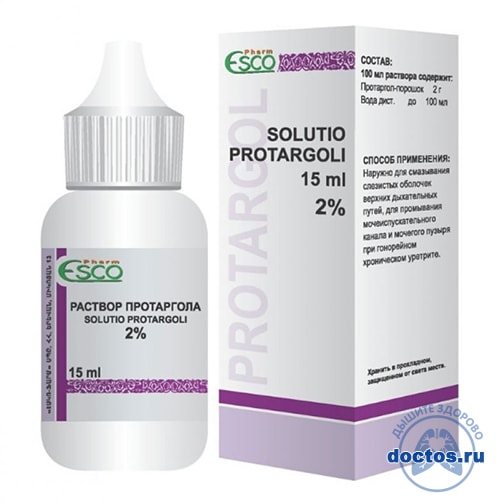
Traded
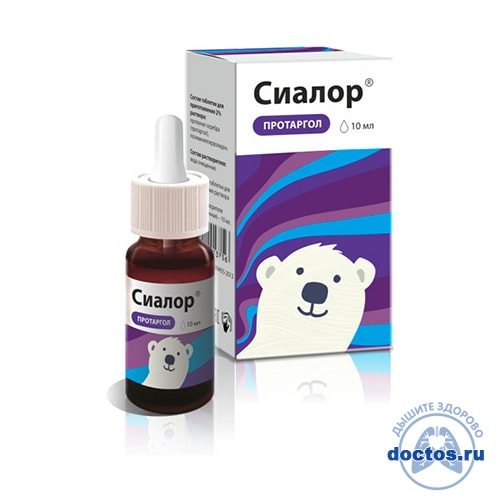
Sialor (Protargol)
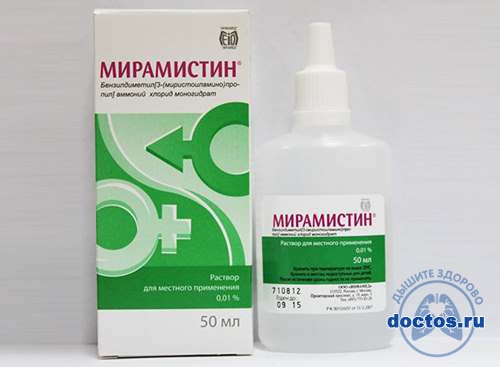
Miramistin
Antiviral drugs
For acute viral infections, modern pediatricians rely on antiviral drugs to combat the runny nose. They help destroy pathogens, facilitate nasal breathing, and help increase the body's defenses. Most often, for viral rhinitis for newborns, they are prescribed:
- "Derinat." The drug facilitates breathing, promotes the regeneration of inflamed mucosal tissues, and reduces the susceptibility of cells to the effects of viruses.
- "Grippferon". This drug has immunomodulatory, antiviral and anti-inflammatory effects. "Grippferon" effectively fights viruses that have entered the body, helps speed up recovery and increase the efficiency of the immune system.
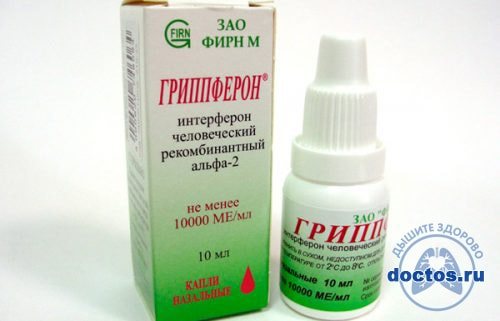
Grippferon
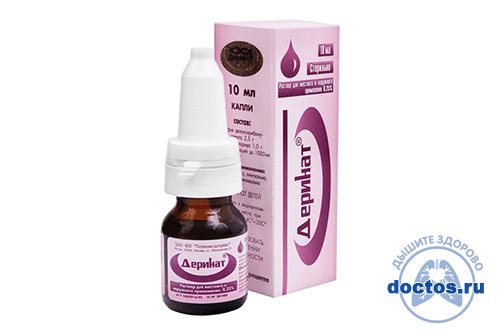
Derinat
Antihistamine drops
For allergic rhinitis in an infant, drops containing an antihistamine component are prescribed. Local use of such agents helps reduce the body's reaction to the allergen, relieve swelling and inflammation of the mucous membranes. One of these drugs is Vibrocil. These are combined drops that contain two active substances: phenylephrine and dimethidene. The first has a vasoconstrictor effect, and the second is effective against the allergic component of the runny nose. This remedy is prescribed for almost all types of rhinitis, as well as otitis media.
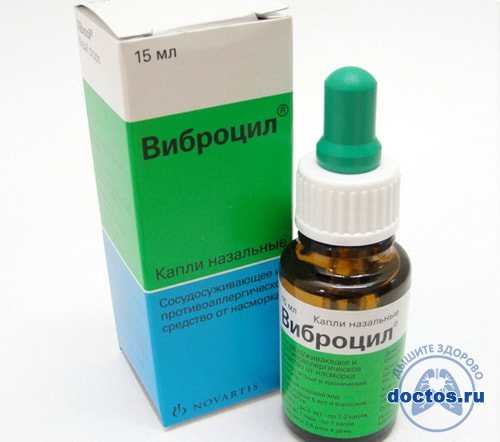
Vibrocil
Folk recipes
Traditional medicine offers many improvised means for making drops for the common cold at home:
- table salt solution;
- fruit and vegetable juice;
- juice of medicinal plants;
- decoctions and tinctures of medicinal plants;
- breast milk, etc.
What recipes are worthy of attention and will help you prepare truly effective drops?
When a baby is sick, some grandmothers advise putting breast milk in the nose, which is an excellent environment for the proliferation of viruses and bacteria. It is not capable of killing the infection; snot copes with this function much better.
Fruit and vegetable juices that are dropped into children's noses do not have a therapeutic effect, but can cause irritation of the mucous membrane and allergic rhinitis. This is especially true for onion juice. It is strictly forbidden for children to drip it.
Children's nasal drops are prepared from indoor plants - Kalanchoe and aloe. When properly prepared and used, this medicine can really be beneficial. But it is advisable to use medicinal plants for treatment for children over 2 years old, and with the permission of the attending physician.
The best and most effective treatments are very simple. This is rinsing the nose with a solution of table salt.
For adults, such a solution is prepared by diluting 1 teaspoon of salt in 500 ml of water. And for children, a teaspoon of salt is dissolved in 1 liter of water. Rinse your nose well with this solution; this will help avoid complications in the form of sinusitis, sinusitis, otitis, etc.
Antibiotics and their necessity
There are also antibacterial nasal drops for infants. Evgeniy Olegovich Komarovsky, a famous pediatrician, says that such medications cannot be used. The doctor believes that topical antibiotics are not only ineffective, but also dangerous, as they increase the resistance of pathogenic microorganisms.
Other pediatricians calmly recommend antibiotics for infants if necessary. Decide for yourself what to do and who to listen to.
Antibacterial medications for nasal use, which are the most popular, are Polydexa and Isofra. According to the instructions, both products are not used for babies. Despite such restrictions, pediatricians still prescribe medications. Ask your doctor how to use them.
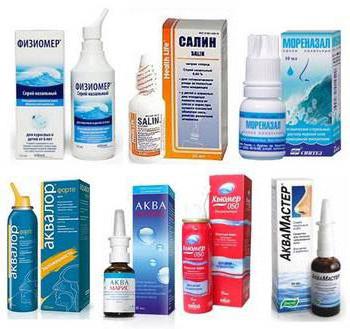
Tips for parents
From the first days of a runny nose, a child needs to be provided with proper care. In addition to the main treatment, which is designed to fight the pathogenic virus, nose care is necessary. In the first three days, it may consist of washing, suctioning out mucus using special devices, of which there are many in every pharmacy, or drops prescribed by the attending physician. If the baby has severe difficulty breathing or a high temperature, it is necessary to use vasoconstrictor drugs.
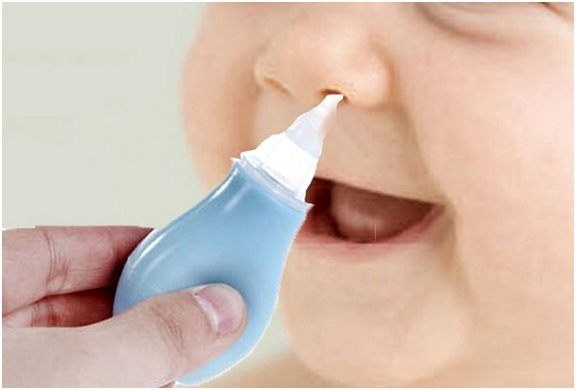
If you do not trust self-prepared saline solutions and folk recipes, buy any nasal drops for a newborn containing sea water at the pharmacy, and rinse the nose with a pipette. It is important to ensure that the baby has sufficient hydration of the nasal mucosa during illness.
How to properly put drops in the nose of a newborn and an older child (up to a year)?
To properly apply nose drops to a baby, you need to know a few simple rules:
- First of all, it is necessary to clean the nasal passages. To do this, the baby is placed on his back, his head is turned to the side and 1-2 drops of saline are dripped. Next, the head is turned to the other side and the procedure is repeated.
- After 1-2 minutes, after the contents of the nose have softened, you should use a vacuum aspirator. It can be purchased at any pharmacy.
- It is necessary to bury the baby's nose with the prescribed drug strictly in accordance with the dosage of the drops. Exceeding the recommended dose can lead to unpredictable consequences.
Older children can bury their nose in a sitting position with their nose tilted back. After the medicine enters the nasal passage, the head is tilted towards the nostril that received the medicine and held in this position for about 2 minutes. Next, the procedure is repeated from the second nostril.
After instillation, the pipette or the tip of the bottle must be rinsed under running water and then rinsed with boiling water. You can also treat it with any antiseptic.
Reviews
Parents of infants have different opinions about the medications described.
Moms and dads speak well of vasoconstrictor medications. Parents report that the medications significantly alleviate the child’s condition: the baby can breathe, eat and sleep normally. But doctors remind that such medications are not intended for long-term use.
Moms and dads of infants are quite wary of antiviral compounds. Parents are not sure that such medications are truly effective. After all, with a viral disease, the baby can cope with the pathology on its own by developing immunity.
Positive reviews of immunomodulators report that such drugs prevent the development of complications and significantly shorten the period of illness.
Children's nasal drops "Protargol" are praised by parents. But such a drug is quite difficult to find. It is sold in pharmacies that prepare prescription drugs. Pharmacists recommend that parents replace this antiseptic with Sialor, but the price of such a medicine will be several times higher.
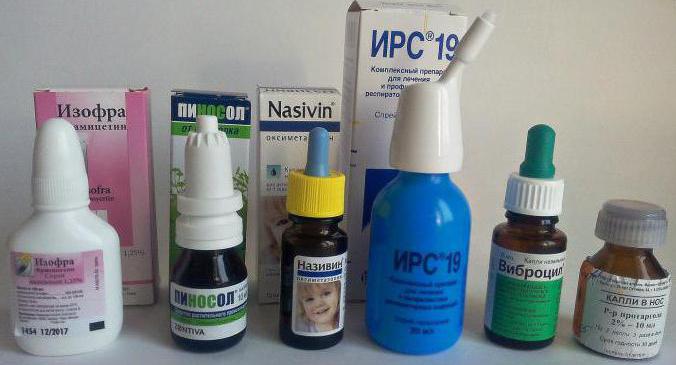
Cold remedy for children: classification of drugs
The pharmacy range of medications for the treatment of runny nose in children looks huge: drops, sprays for the runny nose, inhalations and even tablets for rhinitis.
The variety of forms is explained by the fact that each of them has its own pros and cons, and children are a special category of patients. For example, sprays for nasal congestion are more convenient to use, since they can be used anywhere, and the sprayer evenly irrigates the nasal mucosa with the drug. But in children, especially small ones, a spray of spray can cause discomfort and the next time the baby will be afraid to treat a runny nose, so for very young children it is better to choose drops or external remedies.
All responsible parents should have an idea of what the different groups of remedies for the common cold are, what side effects can be encountered when using these remedies, and what their pros and cons are. The table shows the main types of remedies for infectious rhinitis that occurs with ARVI.
